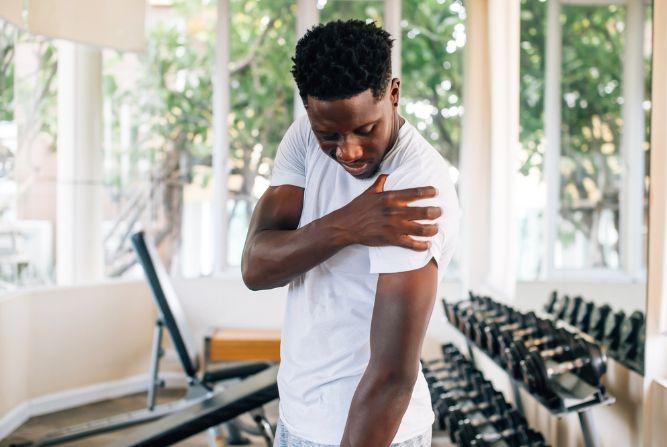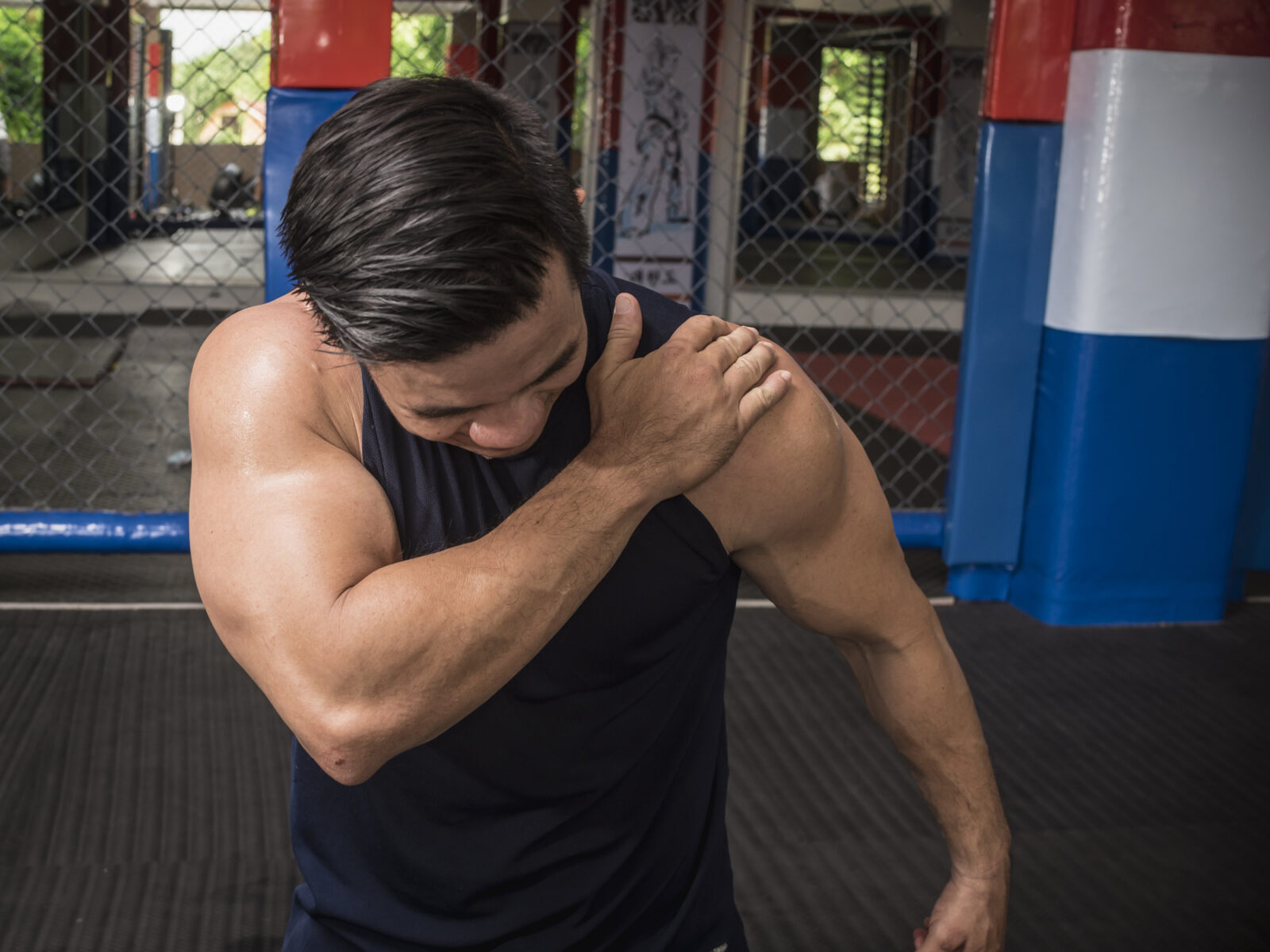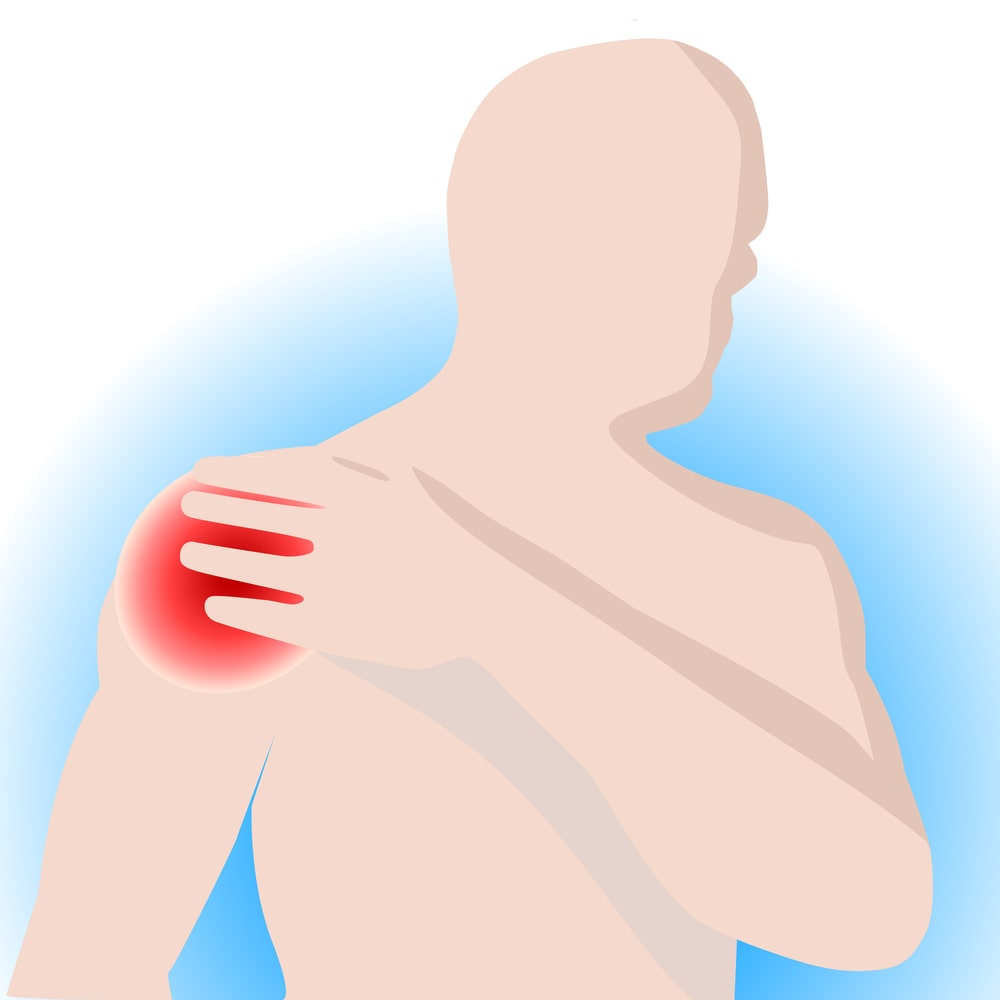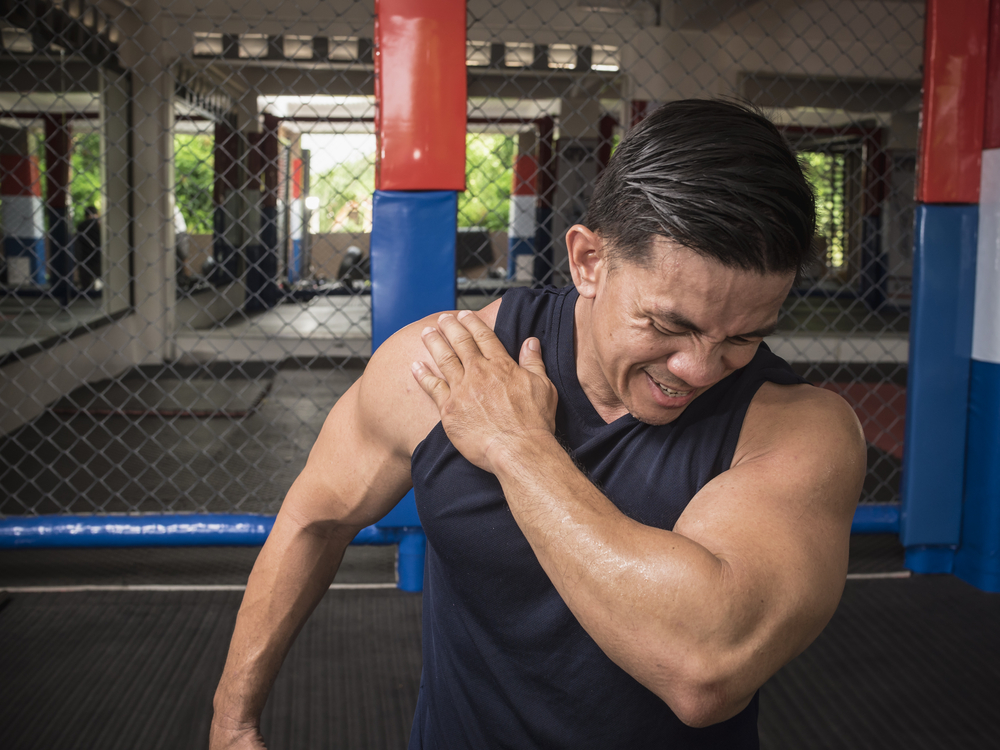The shoulders are the most commonly injured joint in the body. Fortunately, modern sports medicine has enabled us to treat many of the different types of injuries shoulders can undergo. We’ll describe the most common types of shoulder surgery: The type of injury, the types of surgery available to treat it, and the typical recovery period.
Rotator Cuff Repair
The rotator cuff is a group of four muscles—and their tendons—that hold the arm and shoulder together, stabilize the shoulder, and allow for a wide range of motions. You use your rotator cuffs often every day. People with physically demanding jobs that require a lot of overhead motions, from athletes to painters, may use their rotator cuffs significantly more often than the average person.
When repeated strain is put on the tendons in the rotator cuff, they can tear; trauma can also damage rotator cuff tendons.
Rotator cuff repair is often recommended when tears are severe or long-lasting. There are several different surgical options available—the right one will depend on the nature of the tear and the patient’s health. Surgical options include:
- Open repair
- Arthroscopic repair
- Mini-open repair
There’s much that can happen during rotator cuff repairs; tendons may be grafted to replace damaged tissues, and bone spurs are often removed. The healing time for the surgery varies depending on the severity of the injury—in most cases, you can expect to spend 4-6 weeks with your arm in a sling.
Arthroscopy for Frozen Shoulder
Frozen shoulder syndrome occurs when the connective tissues surrounding the shoulder joint thicken and become stiff and inflamed. This often occurs after a period of immobility—patients may be more likely to experience frozen shoulder syndrome after having their arm in a cast or sling for a prolonged period of time.
Frozen shoulder manifests in three stages:
- The freezing stage, in which the shoulder begins to lose mobility (2 to 9 months)
- The frozen stage, in which the shoulder becomes incredibly stiff (4 to 12 months)
- The thawing stage, in which mobility gradually returns to the shoulder (5 to 24 months)
Frozen shoulder arthroscopies occur in the frozen stage, when the shoulder is not responding to more conservative treatments. During this treatment, the doctor makes small incisions and uses instruments about the size of a pen to cut into the stiffened tissue. These instruments include a camera known as an arthroscope, which allows them to see inside the shoulder without making large incisions.
Arthroscopy is often combined with shoulder manipulation techniques to loosen the stiffened tissues. Post-surgical recovery times range from about 6 to 18 weeks—significantly shorter than the thawing stage may have been without surgical intervention.
SLAP Lesion Repair
SLAP stands for “superior labrum, anterior to posterior” A SLAP lesion or tear affects the upper portion of your labrum. Your labrum is similar to a cushion—it protects your upper arm bone and helps keep it in place in your shoulder socket.
Treatment for SLAP lesions has improved significantly over the past decades, and arthroscopic treatment has a high degree of success, at a rate of approximately 70%. Whether or not a SLAP tear will respond best to surgery or more conservative treatments depends on a number of factors. One factor is the type of SLAP lesion—there are 12 basic tear patterns that have been observed.
Healing from a SLAP surgery can take anywhere from a few months to a little over a year. Athletes and other people whose careers involve repetitive overhead motions are more prone to SLAP tears.
Bankart Repair
After dislocating a shoulder, patients can develop an injury called a Bankart lesion. This is an injury to the glenoid labrum (the same labrum we discussed above)—it creates a pocket into which your upper arm bone (humerus) can dislocate.
This lesion can lead to the shoulder dislocating repeatedly. Bankart repairs are a surgery which fixes the Bankart lesion, ending the habitual shoulder dislocation.
This procedure is yet another example of the way arthroscopes have improved outcomes from shoulder surgery. Traditional Bankart repairs are rarely used compared to arthroscopic repairs, as the arthroscopic method is safer and more effective.
Patients can expect a recovery time of 6 to 12 months, depending on numerous factors.
Acromioclavicular Joint Repair
The acromioclavicular joint (also known as the AC joint) is a joint at the top of your shoulder. Your AC joint is what gives you the ability to raise your arm over your head.
Acromioclavicular joint injuries are known as “separated shoulder”; it’s a condition that’s distinct from a dislocated shoulder. These injuries result in swelling, bruising, and a limited range of motion—especially when those afflicted with separated shoulder try to lift their arm.
There are six different types of acromioclavicular injury. The first two types are the most common and least severe—they can typically be treated with conservative, non-surgical interventions.
Types three through six are typically treated with surgery. Both arthroscopic and traditional open surgery are viable options to treat separated shoulder—the one that your doctor will choose will vary depending on the type of injury and other factors, including how long ago the injury occurred, and how acute the injury is.
Recovery from AC joint stabilization surgery typically takes 24 weeks, though it can take up to 6 months before a full range of motion and strength are reestablished in the affected shoulder.
Arthroscopy for Impingement Syndrome
Tendons connect your rotator cuff from your upper arm bone to your shoulder blade. These tendons can become irritated, inflamed, and pinched—often after injury—in a condition known as impingement syndrome.
Impingement syndrome can limit your mobility, especially as you move your arms away from the side of your body or upwards. Patients also experience chronic pain and difficulty sleeping on the affected side.
While injuries, bone spurs, and activities such as tennis and other sports can increase your risk of impingement syndrome, some people are simply born with less space in their shoulder joint. This causes the tendons to become pinched and inflamed as they rub against the joint.
Arthroscopy for impingement syndrome is a treatment in which your doctor makes small incisions, then removes a small part of your acromion bone (a part of your shoulder blade) to make room for the tendons to exhibit their full range of motion without rubbing.
Recovery time for this surgery is quite short—typically, it’s completed within 6-8 weeks, though it may take a few months for your shoulder to regain its full strength and range of motion.
Shoulder Replacement
There are many reasons why a patient might need shoulder replacement:
- Osteoarthritis
- Severe rotator cuff injuries
- Severe fractures
- And more
There are three different types of shoulder replacement:
- Partial shoulder replacement (in which the ball of the shoulder joint is replaced)
- Total shoulder replacement (in which the ball and the socket are both replaced)
- Reverse total shoulder replacement (in which the ball and socket are both replaced, but the ball is placed on the shoulder blade, and the socket is placed on the upper arm bone)
Recovery times for shoulder replacement vary more widely than for other shoulder surgeries. While recovery typically takes 3 to 6 months, you may be able to conduct other activities (such as driving) earlier on in the recovery period. It can take over a year to see the full benefits of shoulder replacement surgery.
Conclusion
This article has been a very basic overview of some of the most common shoulder surgeries. As you can see, shoulders can undergo many different types of injury—arthroscopy, in particular, has provided us with better tools to treat these injuries more effectively and with fewer complications.
If you’re experiencing shoulder pain, discomfort, or a loss of your range of motion, we may be able to help. Visit us at Modern Orthopaedics of New Jersey— call or go online to make an appointment, and please, make use of our free online resources.






